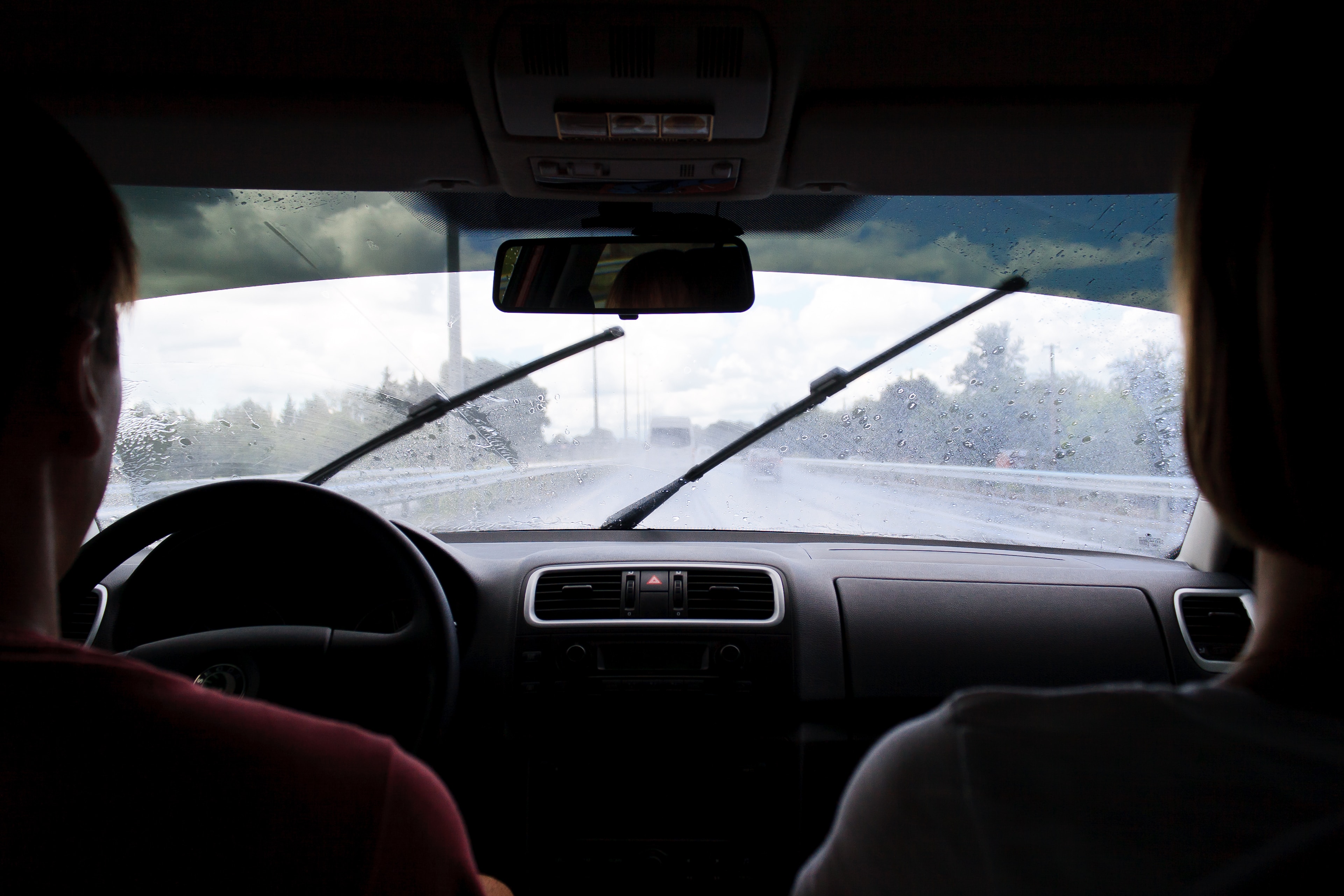by Angela Alston, GCFP

Photo by Eugene on Unsplash
I was asked a few days ago, “Is Feldenkrais helping you grieve?”
It’s not a trivial question.
My first answer was, “I don’t know.” Sometimes it’s difficult for me to tease out what is Feldenkrais, what is meditation, and what is coming from other influences in my life. I’ve practiced both meditation and the Feldenkrais® Method since 1996, and it’s no accident, though I certainly didn’t plan it. They complement/blend/inform each other. I guess it was synchronicity but, when I finally had time for self-care at the end of film school, I started going to a weekly Feldenkrais class. I was ready to get back into my body after years of ignoring it. And I began to practice meditation. Meditation interested me as a tool to wake myself up, and the style I stumbled on is practiced with open eyes. For years I simply practiced both disciplines without questioning their connection to each other.
After a few hours of reflecting on my student’s question, my second answer emerged: yes. In the recent weeks since my husband died, I’m relying on both meditation and the Feldenkrais Method to find the ground repeatedly, wherever it is. To practice mindfulness, in other words. Opportunities present themselves multiple times each day. Maybe I start to feel anxious (which seems to go hand in hand with sadness in my case). I can at least find my breath. I’m especially drawing on those skills in driving, where, for whatever reason, it’s hardest for me to not interfere with my breath. The approach I’m taking: when I notice I’m breathing shallowly, I invite myself to simply notice. I don’t immediately try to change the pattern. Then I notice where my left foot is. Usually, it’s in my habitual, not so useful position, where my support isn’t so clear. So I move it back to the foot rest, and my breath becomes deeper—I find more space in my chest. And I pay special attention to my hands, arms, and shoulders. Quite often these days, I notice an extra-heaviness in my hands, a kind of collapse in my shoulders. So today I played with making my hands even heavier (which I really didn’t want to do) for several minutes, and then lighter. Call it the Feldenkrais Method, call it mindfulness—I used this moment to remind myself I have choices.
So there’s my invitation to practice: grief isn’t a choice. I miss my husband, and I will go on missing him. But how I support myself in grieving is a choice. I can collapse, and I have. I can also feel it without collapse, and continue to do what needs to get done. Even in typing this, I’ve played with heavy hands on the keyboard, and lightening them up. I can tell you which way my breath is easier.
My third answer: yes! Teaching the Feldenkrais Method is an enormous help right now. Every time I teach a class or give a private lesson, I’m more energized at the end. Teaching reliably connects me with the part of me which is strong, intelligent, and playful. Students of Buddhism call that buddha nature or basic goodness. It’s light, spacious, unshakeable, in other words, the embodiment of mindfulness. I’m grateful beyond words to every one who comes to class and practices with me.
Original post appeared on the Dallas Feldenkrais Movement Blog.

Angela Alston, GCFP
Angela Alston is a Guild Certified Feldenkrais PractitionerCM in Dallas, TX.
Her special interest is connecting with our innate strength, in all senses.
She has an MFA in filmmaking from the University of Texas at Austin, and a BA in philosophy and biology from Swarthmore College.
For more information about Angela’s classes, workshops, and other offerings, visit DallasFeldenkrais.com

